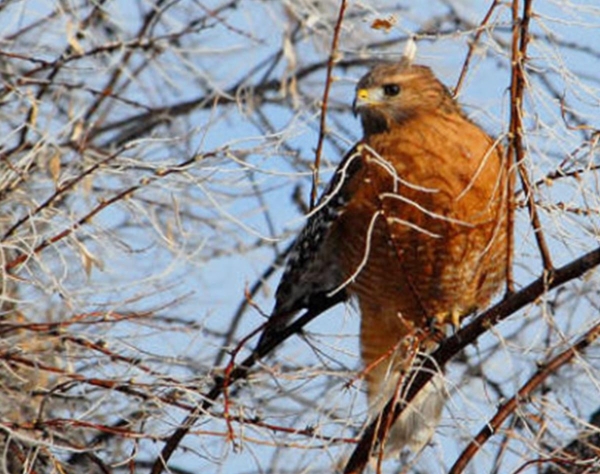
Colonial Water Birds
Species commonly observed on the refuge include great blue herons, great egrets, snowy egrets, and white ibises. Birders may also see little blue herons, tricolored herons, cattle egrets, green herons, black-crowned night-herons, yellow-crowned night-herons, roseate spoonbills, and wood stork. Flooding by the Mississippi River provides abundant food resources for wading birds at Cat Island NWR. As the river recedes, fish are restocked within drains and sloughs across the floodplain. As these wetlands dry, food resources become concentrated, providing good foraging habitat for long-legged wading birds.
Waterfowl
The refuge provides good quality migration stopover and wintering grounds for mallards, green-winged teal, gadwall, and American wigeon. Wood ducks and hooded mergansers are year-round residents.
Other Birds
Cat Island's bottomland hardwood forest provides a habitat for forest-breeding land birds. Of particular concern are those species which depend on forest interior habitat and whose populations decline as a result of forest fragmentation. Birds dependent on large swaths of forest for breeding that are seen on the refuge include red-shouldered hawk, broad-winged hawk, yellow-billed cuckoo, pileated woodpecker, Acadian flycatcher, great-crested flycatcher, yellow-throated vireo, red-eyed vireo, blue-gray gnatcatcher, wood thrush, northern parula, yellow-throated warbler, American redstart, prothonotary warbler, Swainson's warbler, Kentucky warbler, and hooded warbler, and swallow-tailed kite.

